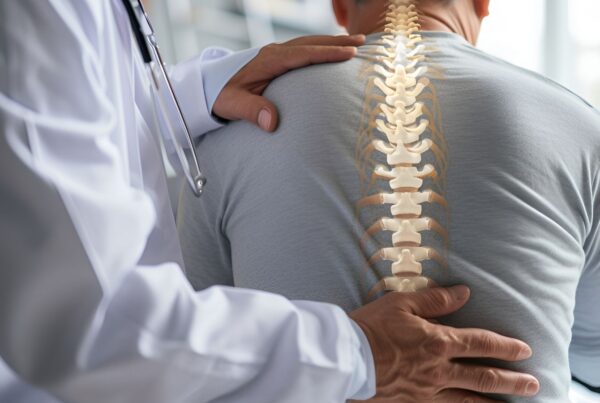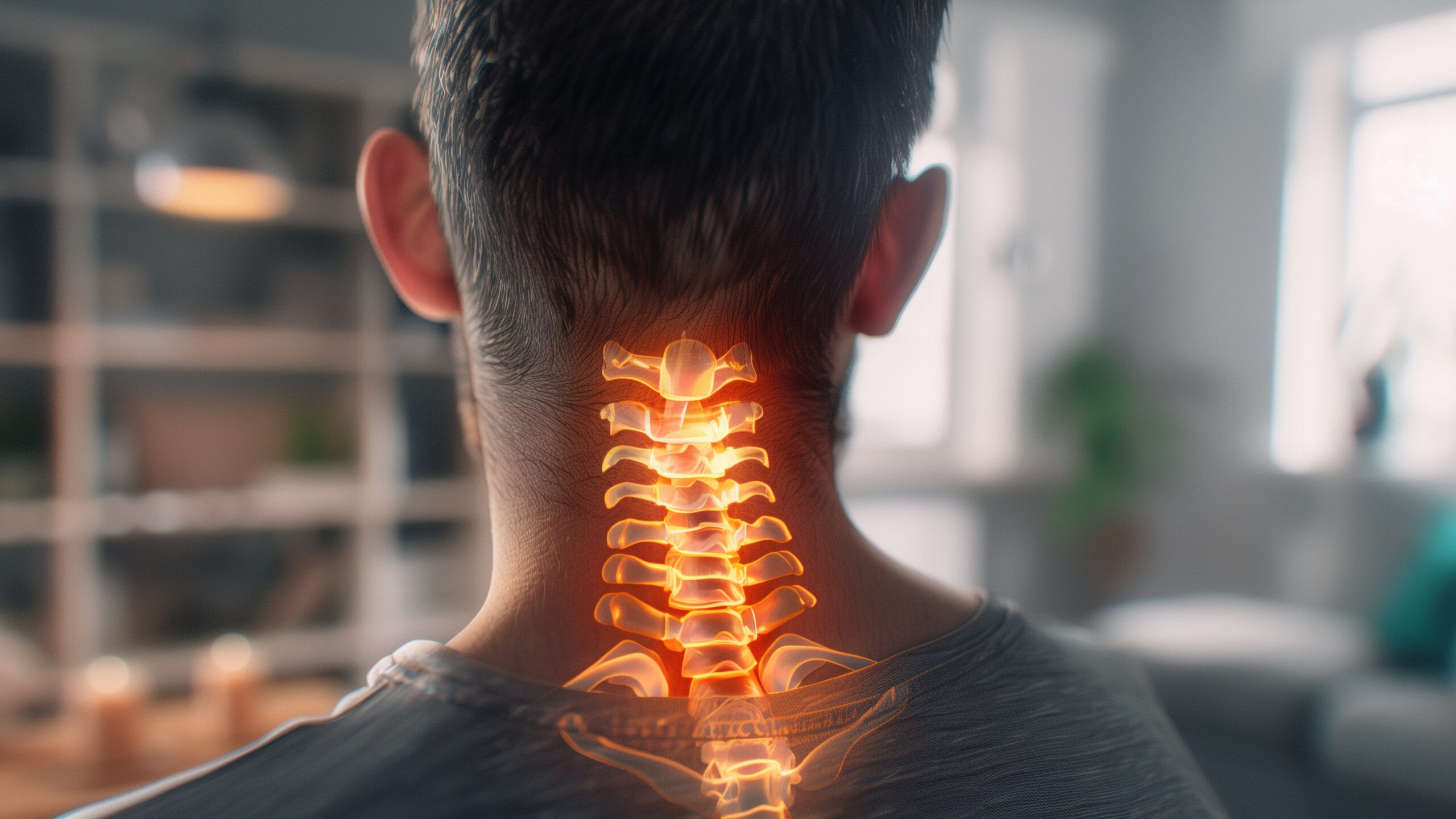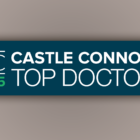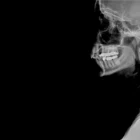The C1 (atlas) and C2 (axis) vertebrae are critical in head movement and rotation. These specialized vertebrae work together to allow you to turn your head from side to side and to look up and down. If you’ve been diagnosed with a condition affecting these bones, it is important to understand how these bones are different from the other bones in your neck, especially if you are considering surgery.
Understanding C1 and C2 Neck Anatomy
The C1 and C2 vertebrae, along with the base of your skull, form a special partnership in your upper neck. The atlas (C1) supports your skull, and the joint between your skull and C1 allows for around 25 degrees of head flexion and extension (looking up and down), along with a modest amount of head rotation (looking side-to-side).
The C1-2 joint allows for 40 degrees of head rotation in each direction, which accounts for 75% of all the head rotation your body allows. Thus, some of the most important head movement occurs between the skull, C1 and C2. While many neck fusion surgeries do not significantly affect range of motion, fusion surgeries across these bones, although sometimes necessary, can significantly reduce your range of motion.
Several conditions can affect this delicate region:
Trauma-Induced Fractures
Severe accidents or falls can cause fractures in these vertebrae, potentially leading to:
- Immediate neck pain and stiffness
- Neurological symptoms
- Compromised spinal stability
- Risk of spinal cord injury
Arthritis and Degenerative Diseases
Age-related wear and inflammatory conditions, like rheumatoid arthritis, can affect the C1-C2 joint, causing:
- Chronic neck pain
- Reduced range of motion
- Instability
- Inflammation and swelling
- A pinched nerve
Congenital Abnormalities
Some people are born with structural differences that may affect C1-C2 stability, potentially requiring surgery.
It's time to get back
to doing what you love.
Reasons for C1 C2 Spinal Fusion Surgery
Craniocervical Instability (CCI)
CCI involves excessive movement between the skull and C1, potentially causing:
- Pain at the base of the skull
- Balance problems
- Neck pain and stiffness
- Neurological symptoms
Atlantoaxial Instability
When there is too much movement between C1 and C2 bones, patients can experience:
- Neck pain with head rotation
- Limited head rotation
- Unsteady gait
- Neurological symptoms: weakness, tingling, numbness
Conservative Treatment of C1-2 Problems
If you have a C1-2 problem, and it is causing pain and no other symptoms, the condition can usually be managed with conservative treatments like physical therapy, medications, or injections. C1-2 surgery is almost always performed to address an active or impending neurological problem. In such cases, surgery is almost always required.
C1 C2 spinal fusion can provide significant improvements and prevent further neurological deterioration.
- Enhanced spinal stability
- Reduced symptoms, including neck pain and headaches
- Improved neurological function and better mobility
- Better quality of life
The major downside to a C1-2 fusion is a potentially significant reduced range of motion. As with any major neck surgery, C1 C2 fusion comes with potential risks, which our experienced surgical team works diligently to minimize through precise technique and planning.
Seeking a Surgeon’s Opinion
When considering C1-C2 fusion surgery, selecting an experienced surgical team is crucial. During your consultation at Neurosurgeons of New Jersey, we encourage you to ask about:
- Our specific experience with C1-C2 procedures and success rates
- Availability and effectiveness of alternative treatments and non-surgical options
- Expected recovery timeline
- Detailed potential risks and benefits to help you weigh pros and cons
- What to expect during your recovery process
Although C1 and C2 neck surgery is complex, our experienced team is dedicated to providing personalized care to help you achieve the best possible outcome.
Start the healing process by reaching out to our expert team. With accessible suburban locations, we offer the specialized expertise of Columbia-trained surgeons paired with the personalized attention of a community-focused practice. Schedule your consultation today to see if C1-C2 fusion surgery is really necessary for you.

About Ridgewood
Our team of board certified physicians, located in Ridgewood, New Jersey, are dedicated to bringing you the latest developments and treatment options for spinal surgery. We strive to produce the most clarified & clear content to help you make informed decisions on your medical journey. The road to feeling like your true self should not feel lonely- Let us help you. Please call us to schedule a consultation and speak to one of our team members.
Recent Posts:






